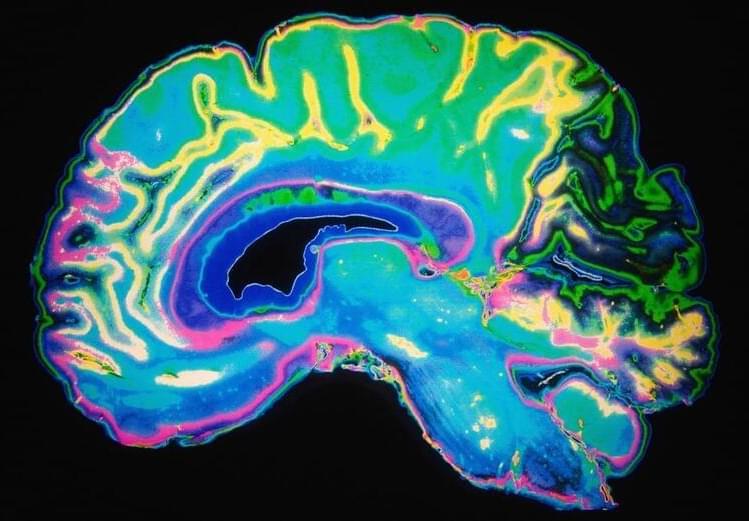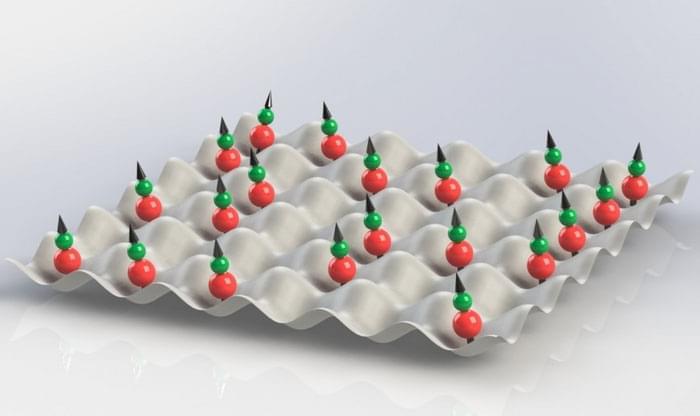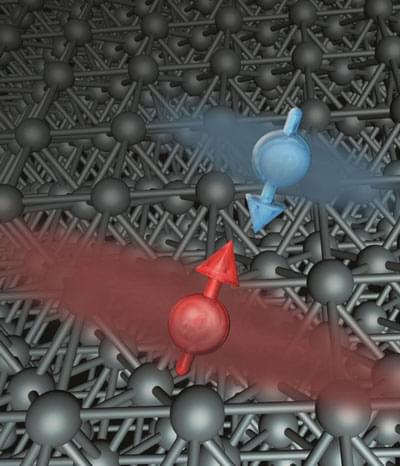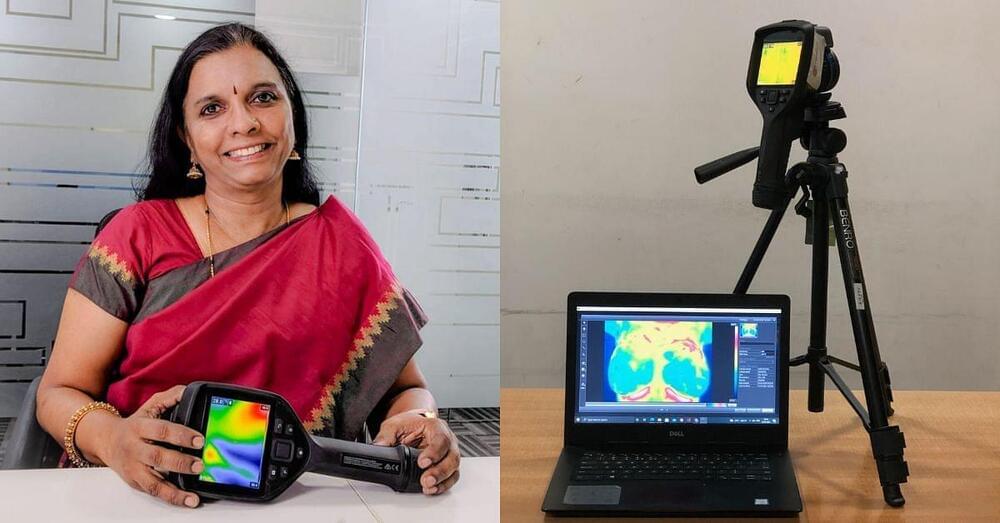ARK Invest’s Cathie Wood sees robots and other technologies being used across the manufacturing industry to drive costs down.


Support us! https://www.patreon.com/mlst.
MLST Discord: https://discord.gg/aNPkGUQtc5
Pod (music removed) https://anchor.fm/machinelearningstreettalk/episodes/NO-MUSI…on-e1udbq2
Pod (with music) https://anchor.fm/machinelearningstreettalk/episodes/NO-MUSI…on-e1udbq2
10 minute edit version: https://www.linkedin.com/feed/update/urn: li: activity:7027230550163644416/
We are living in an age of rapid technological advancement, and with this growth comes a digital divide. Professor Luciano Floridi of the Oxford Internet Institute / Oxford University believes that this divide not only affects our understanding of the implications of this new age, but also the organization of a fair society.
The Information Revolution has been transforming the global economy, with the majority of global GDP now relying on intangible goods, such as information-related services. This in turn has led to the generation of immense amounts of data, more than humanity has ever seen in its history. With 95% of this data being generated by the current generation, Professor Floridi believes that we are becoming overwhelmed by this data, and that our agency as humans is being eroded as a result.
According to Professor Floridi, the digital divide has caused a lack of balance between technological growth and our understanding of this growth. He believes that the infosphere is becoming polluted and the manifold of the infosphere is increasingly determined by technology and AI. Identifying, anticipating and resolving these problems has become essential, and Professor Floridi has dedicated his research to the Philosophy of Information, Philosophy of Technology and Digital Ethics.
We must equip ourselves with a viable philosophy of information to help us better understand and address the risks of this new information age. Professor Floridi is leading the charge, and his research on Digital Ethics, the Philosophy of Information and the Philosophy of Technology is helping us to better anticipate, identify and resolve problems caused by the digital divide.
TOC:
Watch as Baidu, the leading Chinese tech giant, takes on the world-renowned AI model ChatGPT in this exciting showcase of cutting-edge technology. Discover how China is establishing itself as a major player in the global AI arms race and learn about the advancements Baidu is making in the field.
🔔 Did you enjoy the content? Subscribe here:
- https://rb.gy/nekyhx.
🎥 Want to watch more? Find videos here:
- https://rb.gy/l03r32
⚠️ Copyright Disclaimers.
• Section 107 of the U.S. Copyright Act states: “Notwithstanding the provisions of sections 106 and 106A, the fair use of a copyrighted work, including such use by reproduction in copies or phonorecords or by any other means specified by that section, for purposes such as criticism, comment, news reporting, teaching (including multiple copies for classroom use), scholarship, or research, is not an infringement of copyright.”
• We use images and content in accordance with the YouTube Fair Use copyright guidelines.



Physicists are increasingly using ultracold molecules to study quantum states of matter. Many researchers contend that molecules have advantages over other alternatives, such as trapped ions, atoms or photons. These advantages suggest that molecular systems will play important roles in emerging quantum technologies. But, for a while now, research into molecular systems has advanced only so far because of long-standing challenges in preparing, controlling and observing molecules in a quantum regime.
Now, as chronicled in a study published in Nature (“Probing site-resolved correlations in a spin system of ultracold molecules”), Princeton researchers have achieved a major breakthrough by microscopically studying molecular gases at a level never before achieved by previous research. The Princeton team, led by Waseem Bakr, associate professor of physics, was able to cool molecules down to ultracold temperatures, load them into an artificial crystal of light known as an optical lattice, and study their collective quantum behavior with high spatial resolution such that each individual molecule could be observed.
“We prepared the molecules in the gas in a well-defined internal and motional quantum state. The strong interactions between the molecules gave rise to subtle quantum correlations which we were able to detect for the first time,” said Bakr.

Spintronics is a technology that utilizes the spin of electrons — in addition to their charge — in order to store and process information. Unlike traditional electronics, which rely on the movement of electrons to perform their functions, spintronics uses the intrinsic angular momentum of electrons to achieve the same results. Spintronics offers the potential to address some limitations of traditional, charge-based computing and it has the potential for developing new types of devices such as spin-based transistors and logic gates.
Unknown tidal force from the moon called ‘Plasma Ocean’ creates fluctuation on the earth’s magnetosphere layer, based on the newest study. Read to learn how this occurence will affect the planet!


Searching Google for downloads of popular software has always come with risks, but over the past few months, it has been downright dangerous, according to researchers and a pseudorandom collection of queries.
“Threat researchers are used to seeing a moderate flow of malvertising via Google Ads,” volunteers at Spamhaus wrote on Thursday. “However, over the past few days, researchers have witnessed a massive spike affecting numerous famous brands, with multiple malware being utilized. This is not ‘the norm.’”.